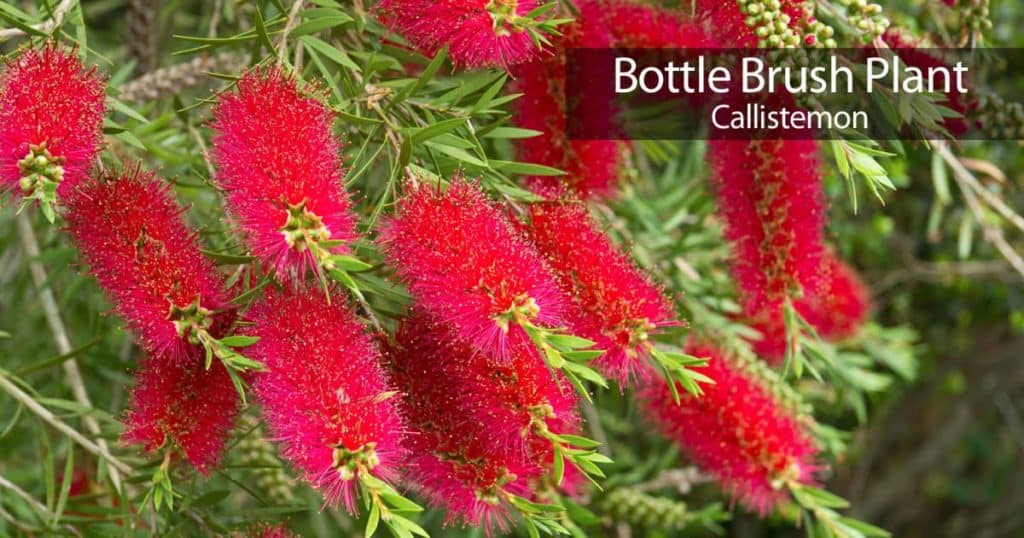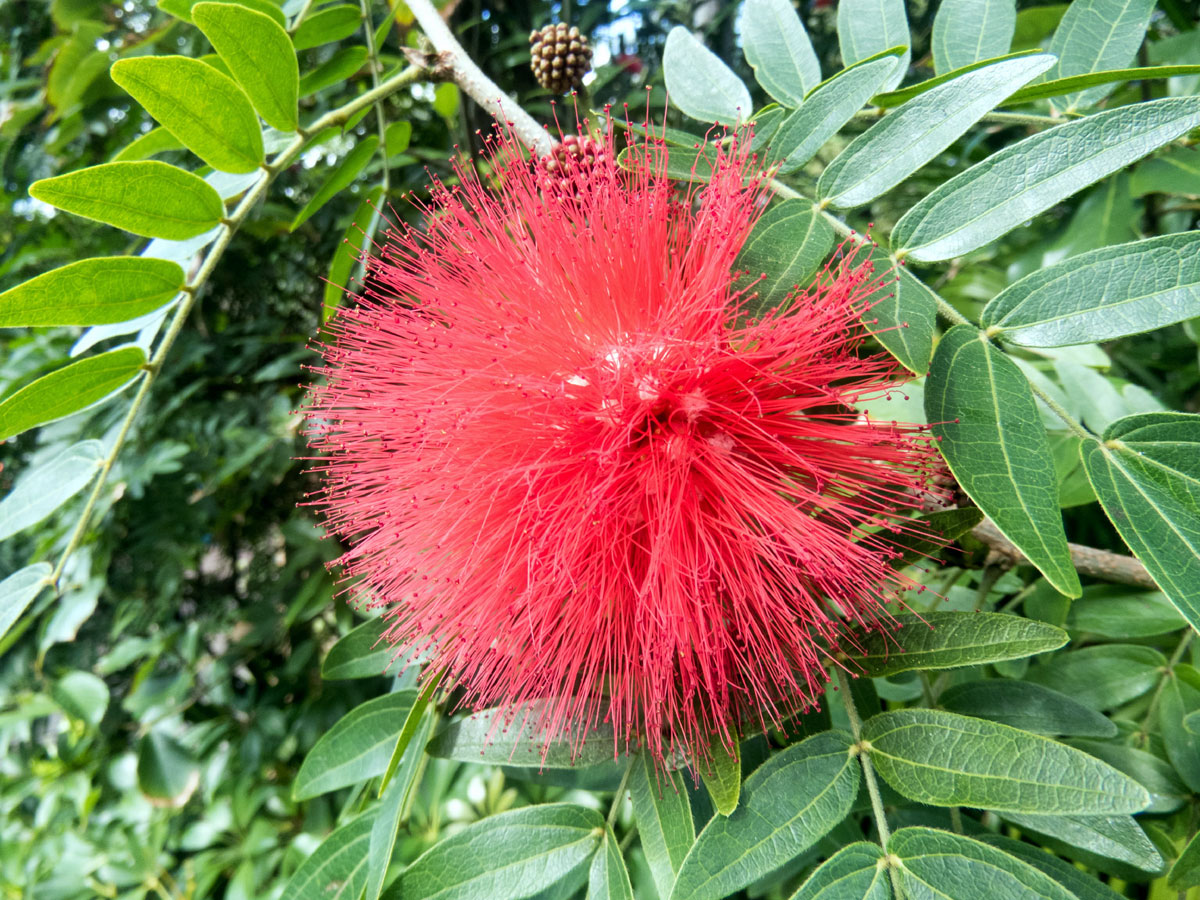“The Bottle Brush Tree: A Comprehensive Guide to Care, Varieties, and Fascinating Facts
The Bottle Brush Tree: A Comprehensive Guide to Care, Varieties, and Fascinating Facts

The Bottle Brush Tree, scientifically known as Callistemon, is a genus of evergreen shrubs or small trees belonging to the Myrtaceae family. Native to Australia, these captivating plants have gained global popularity for their unique, vibrant blooms that resemble bottle brushes. With their easy care requirements, drought tolerance, and eye-catching appearance, Bottle Brush Trees have become a favorite among gardeners, landscapers, and nature enthusiasts alike.
A Botanical Overview
Callistemon is derived from the Greek words "kallistos" meaning "most beautiful" and "stemon" meaning "stamen," referring to the plant’s prominent and attractive stamens. The genus comprises around 30 species, each with its own distinct characteristics. Bottle Brush Trees are typically characterized by their:
- Size: Ranging from small shrubs to trees reaching up to 35 feet in height.
- Foliage: Lance-shaped, leathery leaves that are often aromatic when crushed.
- Flowers: Cylindrical spikes of densely packed flowers, consisting mainly of long, colorful stamens. The flowers come in a variety of shades, including red, pink, purple, yellow, and white.
- Fruit: Small, woody capsules that contain numerous tiny seeds.
Popular Varieties of Bottle Brush Trees

With numerous species and cultivars available, choosing the right Bottle Brush Tree for your garden can be an exciting endeavor. Here are some of the most popular and widely cultivated varieties:
-
Crimson Bottlebrush (Callistemon citrinus): This is perhaps the most well-known and widely grown Bottle Brush Tree. It is characterized by its vibrant crimson-red flowers and lemon-scented leaves. Crimson Bottlebrush is a relatively fast-growing variety that can reach up to 15 feet in height.
-
Weeping Bottlebrush (Callistemon viminalis): As the name suggests, this variety features gracefully weeping branches, creating an elegant and cascading effect. Weeping Bottlebrush produces bright red flowers and can grow up to 25 feet tall.
-
Little John Bottlebrush (Callistemon ‘Little John’): This dwarf cultivar is a popular choice for smaller gardens and containers. It typically grows to a height of 3-5 feet and produces abundant crimson-red flowers.

-
Lemon Bottlebrush (Callistemon pallidus): This variety is distinguished by its pale yellow or cream-colored flowers. Lemon Bottlebrush is a relatively compact tree, reaching up to 10 feet in height.
-
Mauve Bottlebrush (Callistemon lilacinus): This variety showcases beautiful mauve or lilac-colored flowers, adding a touch of elegance to any garden. Mauve Bottlebrush can grow up to 12 feet tall.
-
Kings Park Special Bottlebrush (Callistemon ‘Kings Park Special’): This cultivar is known for its profuse and vibrant red flowers, as well as its relatively compact size. Kings Park Special Bottlebrush typically grows to a height of 6-8 feet.
-
Western Australian Bottlebrush (Callistemon phoeniceus): This species is native to Western Australia and features bright red flowers with a distinctive "corkscrew" shape. Western Australian Bottlebrush can grow up to 20 feet tall.

Cultivation and Care
Bottle Brush Trees are relatively easy to grow and care for, making them a popular choice for both novice and experienced gardeners. Here are some essential tips for successful cultivation:
-
Climate: Bottle Brush Trees thrive in warm, sunny climates. They are generally hardy in USDA zones 8-11.
-
Sunlight: These plants require at least 6 hours of direct sunlight per day for optimal growth and flowering.
-
Soil: Bottle Brush Trees prefer well-draining soil that is slightly acidic. They can tolerate a variety of soil types, including sandy, loamy, and clay soils.
-
Watering: Once established, Bottle Brush Trees are relatively drought-tolerant. However, young plants require regular watering to establish a strong root system. During dry periods, mature trees may also benefit from occasional deep watering.
-
Fertilizing: Bottle Brush Trees are not heavy feeders. However, a light application of a balanced fertilizer in spring can promote healthy growth and flowering.
-
Pruning: Pruning is essential for maintaining the shape and size of Bottle Brush Trees. It also encourages more abundant flowering. The best time to prune is after flowering, typically in late spring or early summer. Remove any dead, damaged, or crossing branches. You can also prune to shape the tree or shrub as desired.
-
Pests and Diseases: Bottle Brush Trees are generally resistant to pests and diseases. However, they may occasionally be affected by scale insects, aphids, or spider mites. These pests can be controlled with insecticidal soap or horticultural oil. Root rot can also be a problem in poorly drained soils.
Propagation
Bottle Brush Trees can be propagated by seed or cuttings.
- Seed Propagation: Collect seeds from mature fruit capsules. Sow the seeds in a well-draining seed-starting mix. Keep the soil moist and warm until germination occurs. Seedlings can be transplanted into individual pots once they are large enough to handle.
- Cutting Propagation: Take semi-hardwood cuttings in late spring or early summer. Dip the cuttings in rooting hormone and plant them in a well-draining rooting medium. Keep the cuttings moist and warm until roots develop. Rooted cuttings can be transplanted into individual pots.
Landscape Uses
Bottle Brush Trees are versatile plants that can be used in a variety of landscape settings. Here are some popular uses:
- Specimen Trees: Their unique flowers and attractive foliage make them excellent specimen trees, adding a focal point to any garden.
- Hedges and Screens: Bottle Brush Trees can be planted in rows to create hedges or screens, providing privacy and wind protection.
- Wildlife Gardens: The nectar-rich flowers attract hummingbirds, butterflies, and other pollinators, making them a valuable addition to wildlife gardens.
- Coastal Gardens: Bottle Brush Trees are tolerant of salt spray and wind, making them suitable for coastal gardens.
- Containers: Dwarf varieties can be grown in containers, adding a touch of color to patios, balconies, and decks.
Benefits of Growing Bottle Brush Trees
Besides their aesthetic appeal, Bottle Brush Trees offer several other benefits:
- Attract Pollinators: Their nectar-rich flowers attract hummingbirds, butterflies, bees, and other beneficial insects, contributing to a healthy ecosystem.
- Drought Tolerance: Once established, they are relatively drought-tolerant, making them a water-wise choice for gardens in arid and semi-arid regions.
- Low Maintenance: They are relatively low-maintenance plants, requiring minimal care once established.
- Erosion Control: Their extensive root systems help to stabilize soil and prevent erosion.
- Air Purification: Like other trees, Bottle Brush Trees help to purify the air by absorbing pollutants and releasing oxygen.
Fascinating Facts About Bottle Brush Trees
- The flowers of Bottle Brush Trees are edible and have a sweet, honey-like flavor. They are sometimes used in salads or as a garnish.
- The wood of Bottle Brush Trees is hard and durable and has been used for various purposes, including tool handles and fence posts.
- In some Aboriginal cultures, the flowers of Bottle Brush Trees are used for medicinal purposes.
- The Bottle Brush Tree is the floral emblem of the state of New South Wales in Australia.
- Bottle Brush Trees are known to be fire-retardant, making them a valuable addition to landscapes in fire-prone areas.
Conclusion
The Bottle Brush Tree is a captivating and versatile plant that offers a multitude of benefits. With its unique flowers, easy care requirements, and drought tolerance, it is an excellent choice for gardeners and landscapers looking to add a touch of Australian charm to their landscapes. Whether you choose a towering specimen tree or a compact dwarf cultivar, the Bottle Brush Tree is sure to bring beauty, color, and life to your garden for years to come.
